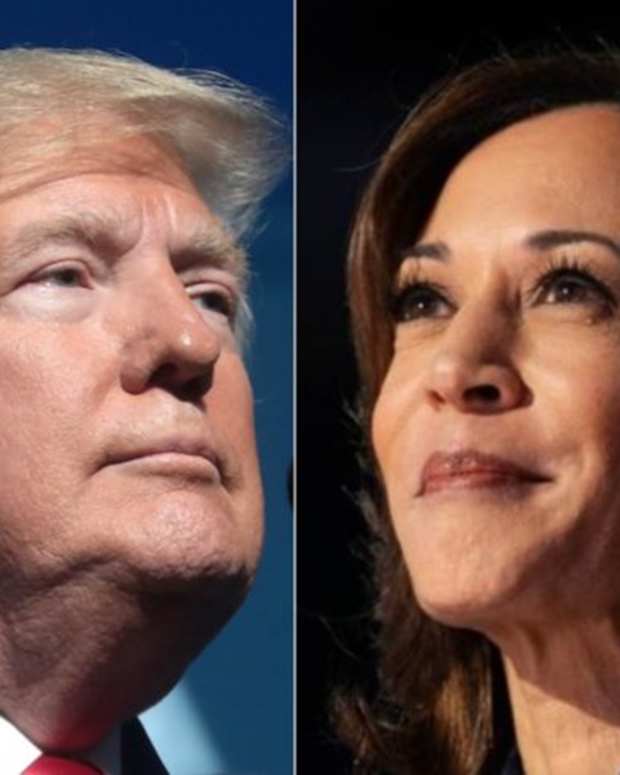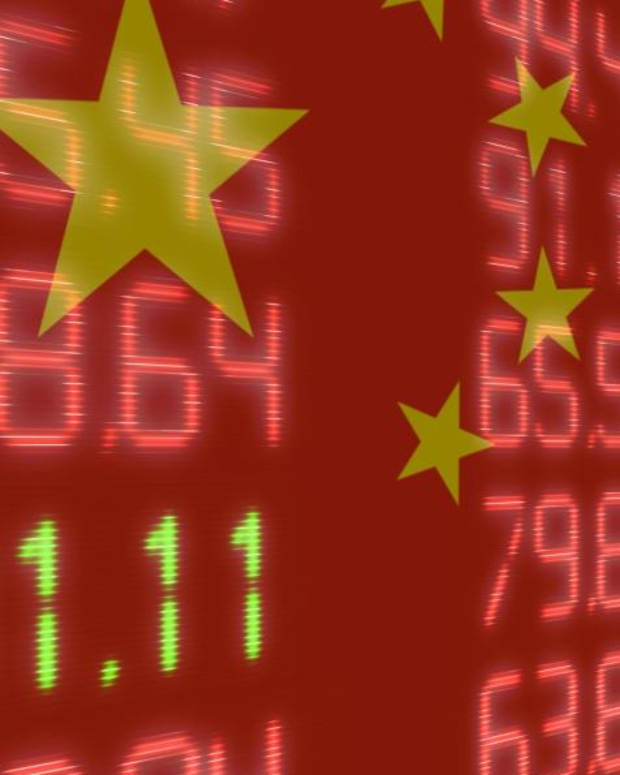
The Old Debate: Fixed Versus Floating Rates
By the same token, one normally considers that 1947-1973 was a period of fixed (but adjustable) exchange rates, in contrast to the gold standard of the first decades of the 20th century, particularly 1900-1930.
There is of course an important gap here: the thirties. The period of competitive exchange devaluations, brilliantly described in Leland Yeager’s textbook on International Monetary Economics and the beggar-thy-neighbor policies whereby each country is trying to get rid of recession through trade surpluses. Not only does this period tend to be classified as a disaster for world growth and world trade, but – worse – there is an amazing resemblance with the present situation of 2010. We are again facing competitive exchange depreciations and beggar-thy-neighbor policies under different names such as exchange wars or commercial wars.
But given the similarities between the thirties and 2010, this would mean that the world today is closer to fixed exchange rates than to floating rates. It is true that we have some floating movements (although very dirty) between the dollar and the euro and the real and the yen and the Swiss franc and a few other currencies. But a great share of the foreign exchange market happens between the US and China (a typical fixed rate) and within the eurozone (full of fixed exchange rates among the mark, the French franc, the Italian lira and some other PIIGs).
The point to be emphasized in this article is that 2010 is probably mixing the worst of floating rates (volatility and financial asset dominance in contrast to trade movements) and fixed rates (arbitrary government choices and eventual liquidity problems).
How do we compare 1947-73 and 1973-2010 as far as the world economy is concerned? There were problems in both periods, many of them caused or helped by exchange rate crises. The Keynesian dream of eternally fixed rates imitating the gold standard was not fulfilled entirely—the world faced a great recession in 1974-1979—but at the same time the Friedman dream of market solutions without government interference for the exchange rate—finally accepted by the USA, the IMF and the other major countries in 1973—also showed major failures due to the dual role of the exchange rate affecting financial asset markets and the tradable goods markets.
In many countries, many exchange rates were out of equilibrium in many moments between 1947 and 1973—due to the excessive rigidity of fixed rates—but one cannot deny that this has also been true since 1973, particularly this year after a new Great Recession (2008-2009).
Just like intelligent men were able to meet in Bretton Woods after the Second World War to reorganize the exchange rate system after the disaster of the thirties, it seems that the time has come for a new Bretton Woods. Exchange rates are too important to be left only in the hands of politicians or government economists, but the same applies to fully free markets. The world cannot afford a beggar-thy-neighbor strategy to be undertaken by China or the United States (Bernanke wrote that Roosevelt did the right thing by devaluing the dollar in 1933 and considered this fact as one of the major reasons for the end of the Great Depression).
Consider the situation of countries like Brazil and other important emerging markets as well as Germany, Switzerland and Japan. Their currencies appreciated dramatically in the year 2010 leading to the destruction of export industries unable to compete with China—and now the United States. Imports are growing at double-digit rates in many emerging countries.
What can be done? Undoubtedly, a major realignment of exchange rates is necessary, just like what happened in the late forties. The Chinese currency has to appreciate and many currencies have to devalue (there is a long list, starting with Brazil).
It is unthinkable to go back sixty years and discuss ideas related to the gold standard or truly fixed exchange rates, but it is well known that between the concepts of eternally fixed rates and freely floating rates there is a set of interesting solutions, including currency bands, market alert indicators, etc.
One should move in that direction as quickly as possible. Countries have their rights to independent monetary and fiscal policies, but some degree of coordination and cooperation is necessary; otherwise, we will be back in the thirties with depression fears again under a protectionist full war.








